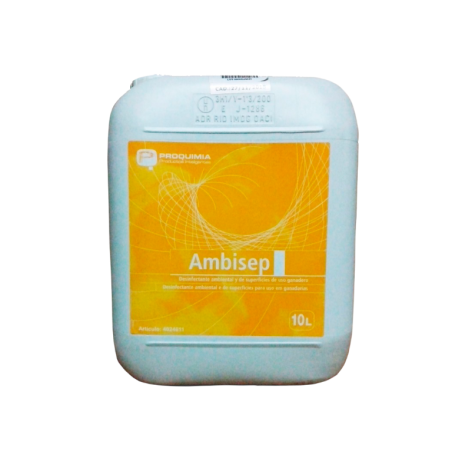Practical EU guidelines to assess the fitness of pigs for transport, aiming to be an extra tool available to professionals to ensure a high level of fitness for transport of pigs, written by leading EU agri-food, veterinary, road transport, and animal welfare stakeholder groups, have been welcomed by the European Commission. The move comes after 2 years of work by the UECBV, Copa and Cogeca, Eurogroup for Animals, Animals’ Angels, FVE, IRU, ELT, INAPORC and Cooperl Arc Atlantique.
“Whilst the role of European legislation is essential in setting out harmonised rules to protect the animals’ welfare, guidelines such as these which explain how these rules should be carried out in practice are crucial,” said Mr Gavinelli, Head of the Animal Welfare Unit of DG SANTE, speaking after the meeting.

These guidelines are designed to provide easy to understand help and advice to professionals involved in the transportation of pigs and aim to complement existing EU legislation.
The guidelines do not represent the real situation in Europe today, but provide a comprehensive list of situations that may occur and the conditions that may result in an animal being classed as unfit for transport to help operators ensure animal welfare is constantly maximised.
The guidelines are visual and use photographs/drawings and simple texts to help all operators decide on the suitability of pigs for transport.
The guidelines are currently available in English, with Dutch, French, German, Italian, Polish, Romanian and Spanish versions available in the next few months.
Professionals involved in the transport of pigs (producers, veterinarians, transporters, etc.), can request a copy
through the UECBV website or via info@uecbv.eu.
Thursday January 21, 2016/ COPA-COGECA/ European Union.
http://www.copa-cogeca.be






